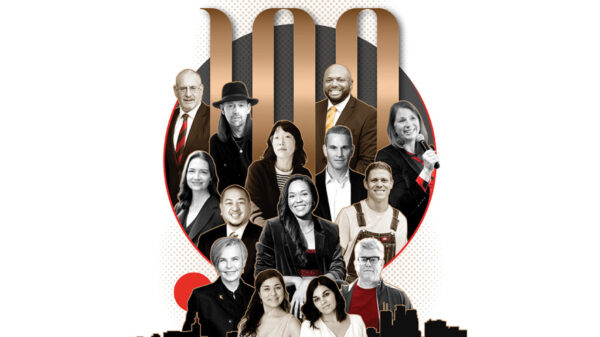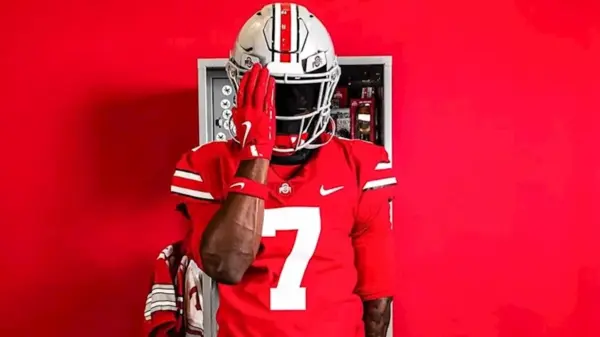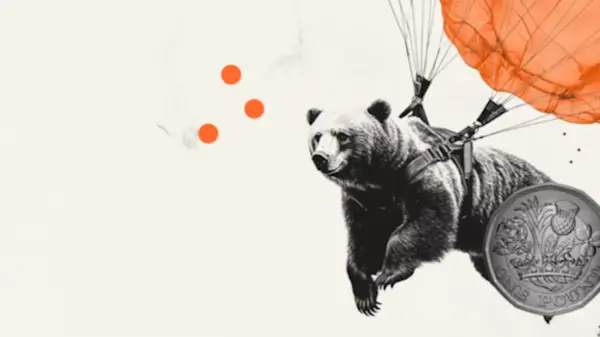In two recently published books, readers can explore the intriguing cultural phenomena of emoji and the iconic music of the Everly Brothers. Keith Houston’s “Face With Tears of Joy: A Natural History of Emoji” and Barry Mazor’s “Blood Harmony: The Everly Brothers Story” provide valuable insights into how these subjects have shaped modern communication and music history.
Emoji: Cultural Insurgents
“Face With Tears of Joy” delves into the rise of emoji, which surged in popularity around 2011. The book highlights how these pictographs have transformed online interactions, helping to bridge communication gaps that often lead to misunderstandings. In her review for Slate, Laura Miller notes that Houston presents emoji not as a separate language but as “insurgents within language.”
Houston’s exploration reveals that while the emoji craze began with the addition of an emoji keyboard on Apple devices, the roots of these images trace back to Shigetaka Kurita, who created the original characters in 1999. Contrary to common belief, Kurita is not the sole inventor of emoji; as Houston outlines, Japan had been incorporating pictorial characters in communication devices as far back as the 1980s.
The book also discusses the implications of emoji in society. As observed by Megan Garber in The Atlantic, the journey of emoji to ubiquity is more complex than it appears. By 2015, the “face with tears of joy” was named the Oxford English Dictionary’s word of the year, illustrating their significant cultural impact. The Unicode Consortium, responsible for maintaining emoji standards, faced challenges in addressing issues such as representation and inclusivity.
Houston emphasizes that emoji are not static symbols; their meanings evolve. For instance, the human skull emoji has taken on new connotations among younger generations. This fluidity highlights how creativity and context shape the interpretation of these symbols.
The Everly Brothers: A Musical Legacy
In “Blood Harmony: The Everly Brothers Story,” Barry Mazor offers a detailed examination of the duo’s rise and fall in the music industry. Between 1957 and 1962, Don and Phil Everly became integral to the pop music canon, blending country and rock influences. Reviewers, such as Marc Weingarten in the Los Angeles Times, assert that Mazor’s rigorously researched biography provides a long-overdue look at their contributions.
Mazor counters several myths surrounding the brothers, illustrating their diverse musical influences shaped by their upbringing. While they initially found success with hits like “Bye Bye Love” and “Wake Up Little Susie,” the band’s journey took a downturn during the British Invasion in the 1960s. At just 25 and 27 years old, the Everlys faced a sudden loss of relevance, compounded by personal struggles and substance abuse.
The narrative of the Everly Brothers is not just one of decline; it also includes a remarkable reunion in the early 1980s, which marked the resurgence of their career. Mazor presents a balanced view, acknowledging the complexities of their relationship while highlighting their enduring musical legacy.
In summary, both books reveal the intricate stories behind emoji and the Everly Brothers, demonstrating their lasting impact on culture and music. Houston’s examination of emoji illustrates their role in modern communication, while Mazor’s biography of the Everly Brothers sheds light on the dynamics of fame and artistry. Together, these works contribute to a greater understanding of how cultural phenomena shape our interactions and experiences.





































































